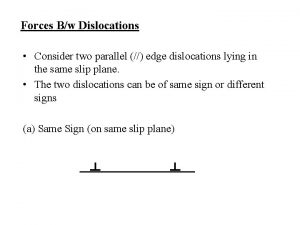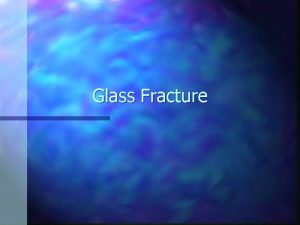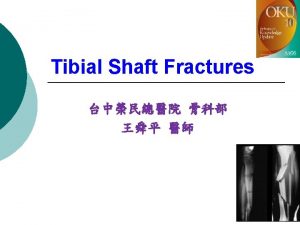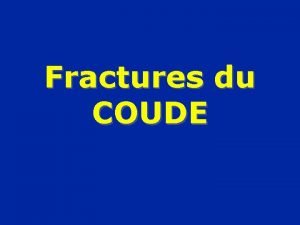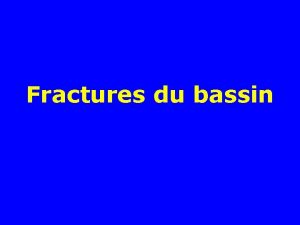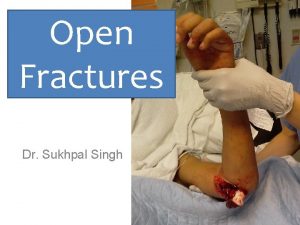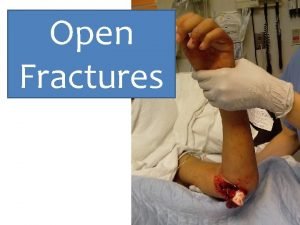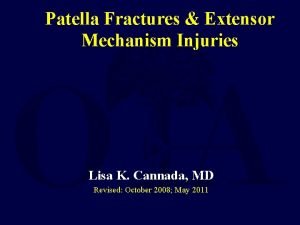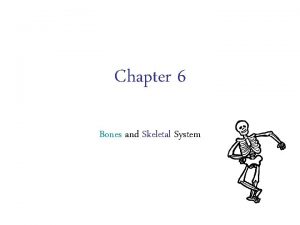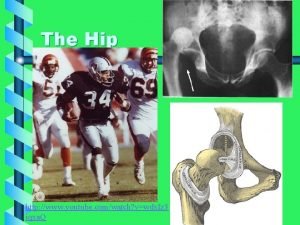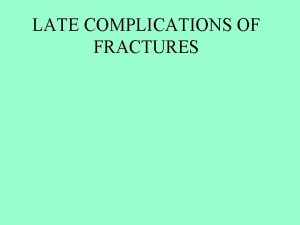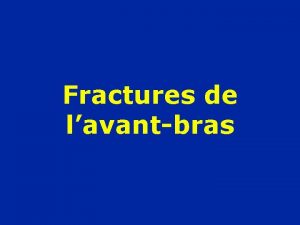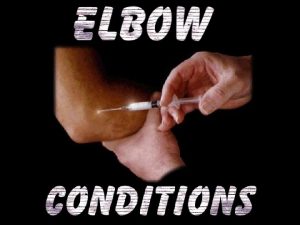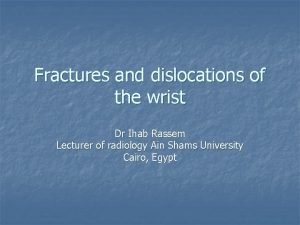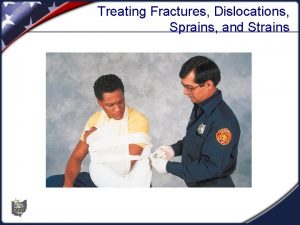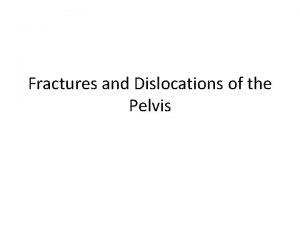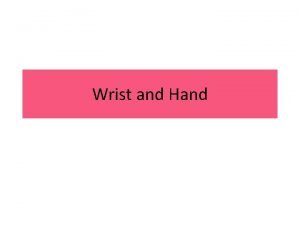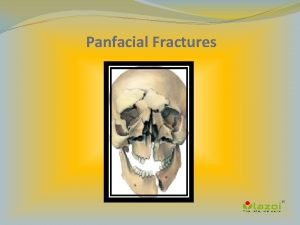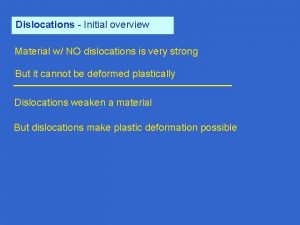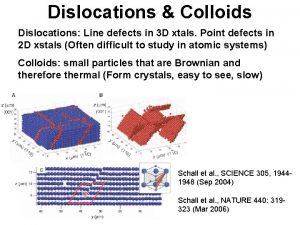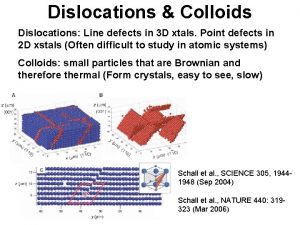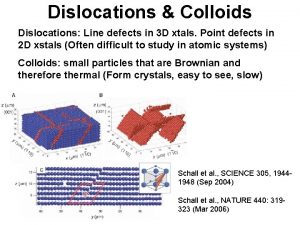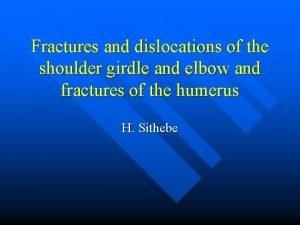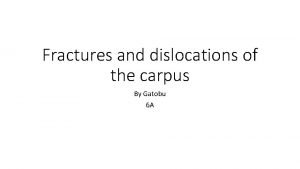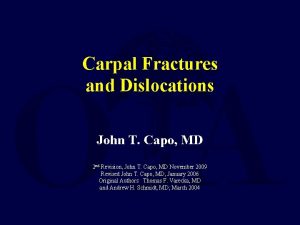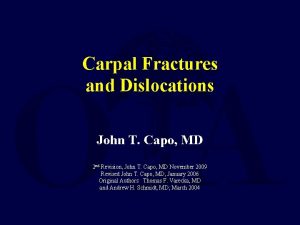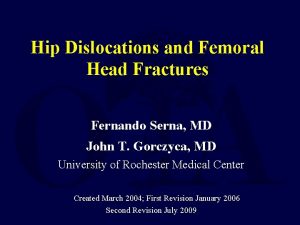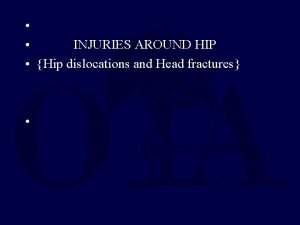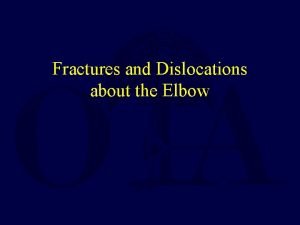Wrist Trauma Fractures and Dislocations of the Wrist
























- Slides: 24

Wrist Trauma

Fractures and Dislocations of the Wrist • Clinically point tenderness over the wrist with >20% loss of grip strength are good physical indicators • Complex anatomy requires four views for interpretation • Neutral PA, PA in ulnar deviation, medial oblique and lateral • Advanced imaging very useful because fractures not always visible

Normal Anatomy http: //uwmsk. org/Rad. Anat/Wrist. PALabelled. html

Distal Radius Fractures • Fractures may be subtle or even occult • Alteration of pronator quadratus fat plane is a useful indicator of fracture • Distal radial fractures include: -Colles’, Smith’s, Barton’s, Chauffer’s, Moore’s, torus, slipped radial epiphysis http: //radiology. rsna. org/content/244/3/927. full

Distal Radius Fractures • Colles’ fracture- fx. of distal radius with posterior angulation of distal fragment – Usually FOOSH – Osteoporosis is risk factor, so increased incidence in women>65 • Smith's fracture (reverse Colles’ fracture)- fracture of distal radius with anterior angulation of distal fragment – Less common than Colles’ – Direct blow or fall on flexed hand http: //imageinterpretation. co. uk/wrist. html

Distal Radius Fractures • Barton’s fracture (rim fx. )- posterior rim fracture of distal radial articular surface with associated proximal dislocation of carpals – Will see overlap of proximal row with articular surface of radius • Chauffeur’s fracture (backfire fx. , Hutchinson's fx. )fracture of radial styloid – Caused by avulsion or impaction by scaphoid – Formerly caused by starting cars with hand cranks http: //radiographics. rsna. org/content/24/4/1009/F 11. expansion. html http: //www. radiologyassistant. nl/en/476 a 23436683 b

Distal Radius Fractures • Moore’s fracture- fracture of ulnar styloid process and dislocation of distal ulna associated with Colles’ fracture • Torus fracture- buckling of cortex after trauma – Happens in children – Can happen in any long bone – Radiographic sign is bump or bulge of cortex

Distal Radius Fractures • Slipped radial epiphysis- childhood equivalent of Colles’ fracture – Hyperextension injury (FOOSH) causes shearing of radial epiphysis, which gets displaced posteriorly – Usually has small metaphyseal fragment (corner sign), which makes it Salter-Harris II http: //www. oha. or. kr/skr/trauma 4. htm

Distal Unlar Fractures • Ulnar styloid process fracture- rare as an isolated fracture – Usually avulsion by ulnar collateral ligament – More frequently found as associate fracture with other injuries • Distal ulnar shaft fracture- see “nightstick fracture” from forearm fracture section

Scaphoid Fractures • Most common carpal bone to fracture – Usually ages 15 to 40; rare in children • FOOSH • Clinical presentation is snuffbox pain with swelling • Most common site for occult fracture • Classified by anatomic location of fracture line – Waist (70%), proximal pole (20%) and distal pole (10%)

Scaphoid Fractures • Initially radiographs may be negative • Repeat x-ray in 10 to 20 days or advanced imaging immediately – MRI makes most sense if US not available • Complications include: – AVN, nonunion, carpal instability and radiocarpal degenerative arthritis

Scaphoid AVN • Scaphoid had 2 blood supplies – Proximal pole is supplied by an artery that enters distally • The more proximal the fracture is, the more likely AVN will occur if untreated • Radiographic signs include increased density (dead bone) and fragmentation

Nonunion • Missed diagnosis may lead to delay in treatment • Over time fracture line will widen and margins will become smooth and sclerotic

Carpal Instability • Follows rupture of scapholunate ligament • Radiographic features include: – Terry Thomas sign- widening of scapholunate jt. space >4 mm – Ring sign- rotation of scaphoid – Loss of parallel joint surfaces

Radiocarpal Degenerative Arthritis • Radiographic signs are that of OA anywhere else in the body • OA signs at the radiocarpal joint in the absence of trauma suggests diagnosis of CPPD • SLAC (Scapho. Lunate Advanced Collapse) wrist may follow if capitate is allowed to migrate proximally

Triquetral Fractures • 2 nd m. c. carpal bone to fracture • Usually by avulsion from dorsal surface by radiocarpal ligament (Fisher fracture) – Small flake dorsally only identifiable on lateral film

Fractures of Other Carpal Bones • All may fracture, but unusual unless directly traumatized • Hamate frequently complicated by nonunion • Lunate frequentlyly complicated by avascular necrosis (Keinböck’s disease) http: //orthoinfo. aaos. org/topic. cfm? topic=a 00017

Dislocations of the Wrist • Two patterns – 1. a single bone that dislocates relative to remaining carpals – 2. a single bone that remains in place with the surrounding carpals dislocating • Evaluation of carpal arcs is a useful tool – Arc 1 - proximal articular surfaces of proximal row – Arc 2 - distal articular surfaces of proximal row – Arc 3 - proximal surfaces of distal carpals (capitate and hamate) – Disruption indicates dislocation http: //www. radiologyassistant. nl/en/42 a 29 ec 06 b 9 e 8

Single Carpal Dislocations • Lunate dislocation- most common carpal bone to dislocate – On PA film dislocated lunate appears triangular (pie sign) – Rows 2 and three disrupted • Scaphoid dislocation– On PA film, see ring sign and Terry Thomas sign as previously described • Other single carpal dislocations unusual and require severe trauma

Multiple carpal dislocations • Perilunate dislocation- dorsal displacement of all carpals except lunate, which stays in place – On lateral, capitate does not sit in the lunate – On PA, capitate overlies lunate http: //www. imageinterpretation. co. uk/wrist. html • Trans-scaphoid perilunate dislocation- same as above, but with associated scaphoid fracture • de Quervaine’s fracture dislocation- anterior dislocation of lunate as well as proximal fragment of fractured scaphoid

Fractures of 2 nd - 5 th Metacarpals • Boxers fracture- transverse fracture of neck of second or third metacarpals – Result of straight jab with fist • Barroom fracture- transverse fracture of neck of fourth or fifth metacarpals – Result of roundhouse blow from inexperienced fighter

First Metatarsal Fractures • Bennett's fracture- intra-articular fracture through base of the first metacarpal with dorsal displacement of the shaft – A small medial fragment remains at its articulation with trapezium • Rolando's fracture (comminuted Bennet’s) same as above but comminuted • Transverse fracture- most common fracture of first metacarpal – Doesn't interfere with articulation

• Distal phalangeal fractures – Described as transverse, longitudinal, comminuted or chip fractures – Chip fractures occur at posterior or anterior corners of phalangeal base • Posterior chip fracture inactivates extension of the DIP joint and produces flexion deformity (mallet or baseball finger) • Middle phalangeal fractures – Chip fracture at anterior aspect of base (Volar plate fracture)

References • Yochum, T. R. (2005) Yochum and Rowe’s Essentials of Skeletal Radiology, Third Edition. Lippincott, Williams and Wilkins: Baltimore.
 Dislocations in crystals
Dislocations in crystals Consider two edge dislocations of opposite sign
Consider two edge dislocations of opposite sign Concentric fracture glass
Concentric fracture glass Tempered glass definition forensics
Tempered glass definition forensics Irving elbow dislocation
Irving elbow dislocation Ao classification of fractures
Ao classification of fractures Fracture supracondylienne de l'humérus
Fracture supracondylienne de l'humérus Fracture parcellaire du bassin
Fracture parcellaire du bassin Types of rib fractures
Types of rib fractures Bone cancer fractures
Bone cancer fractures Panfacial fractures sequencing
Panfacial fractures sequencing Daniel tibia
Daniel tibia Dr sukhpal singh
Dr sukhpal singh Open fracture treatment
Open fracture treatment Lisa kasman
Lisa kasman Types of fractures with pictures
Types of fractures with pictures Types of fractures with pictures
Types of fractures with pictures Ilioposas
Ilioposas Triradiate cartilage
Triradiate cartilage Types of glass fractures
Types of glass fractures Perkins timetable fracture healing
Perkins timetable fracture healing Pronation main
Pronation main Weber classification
Weber classification Hình ảnh bộ gõ cơ thể búng tay
Hình ảnh bộ gõ cơ thể búng tay

